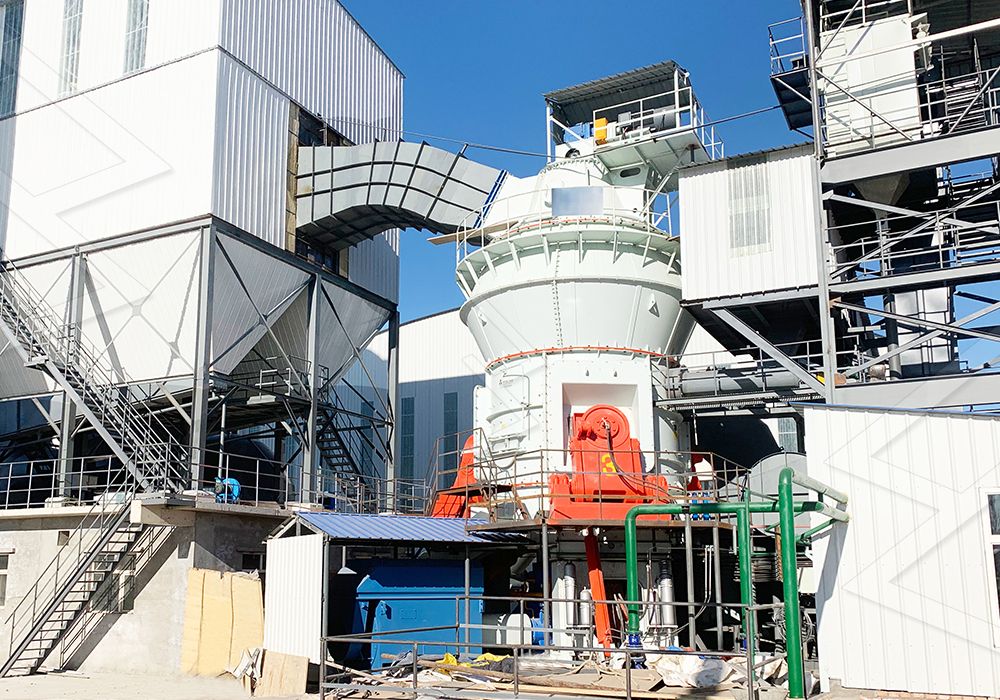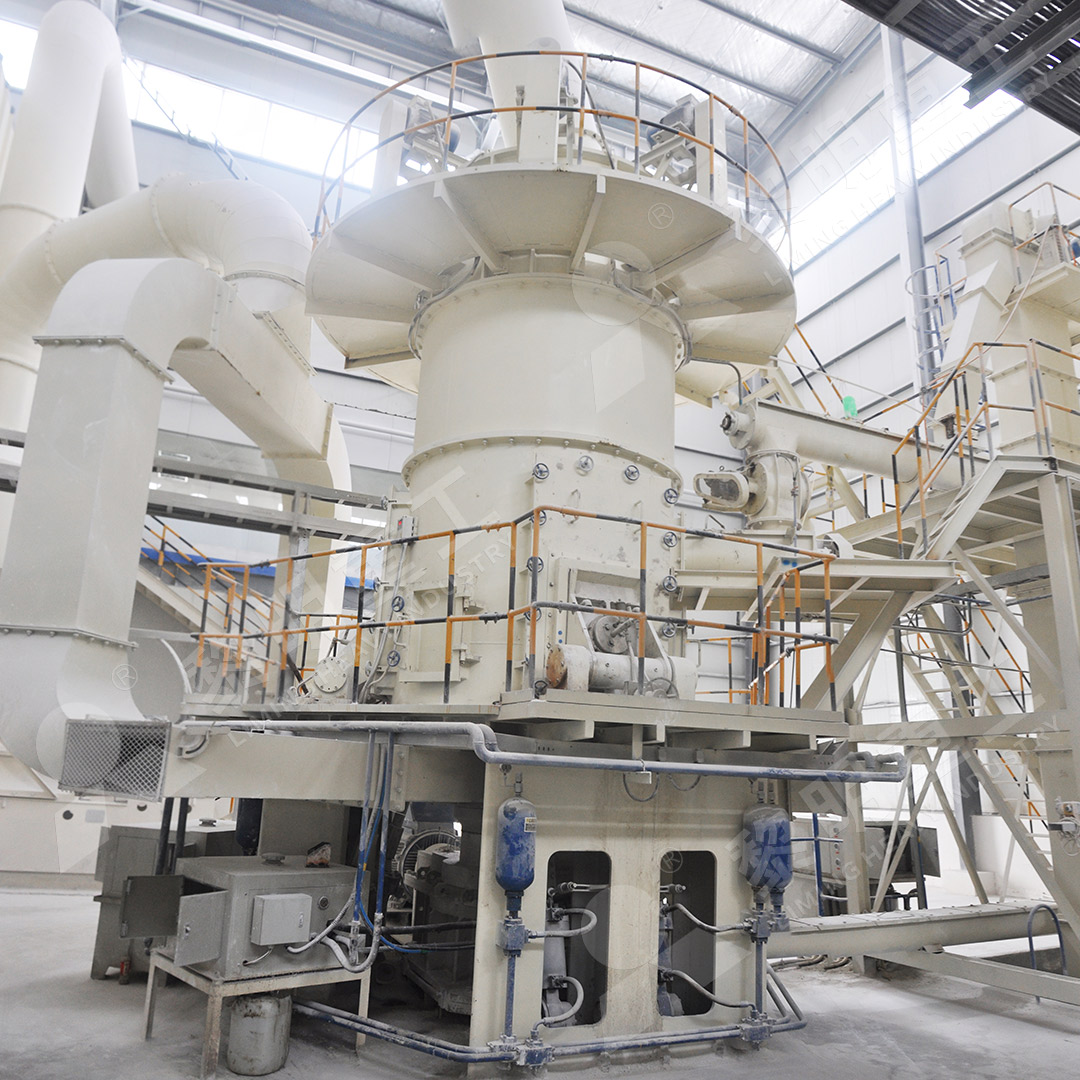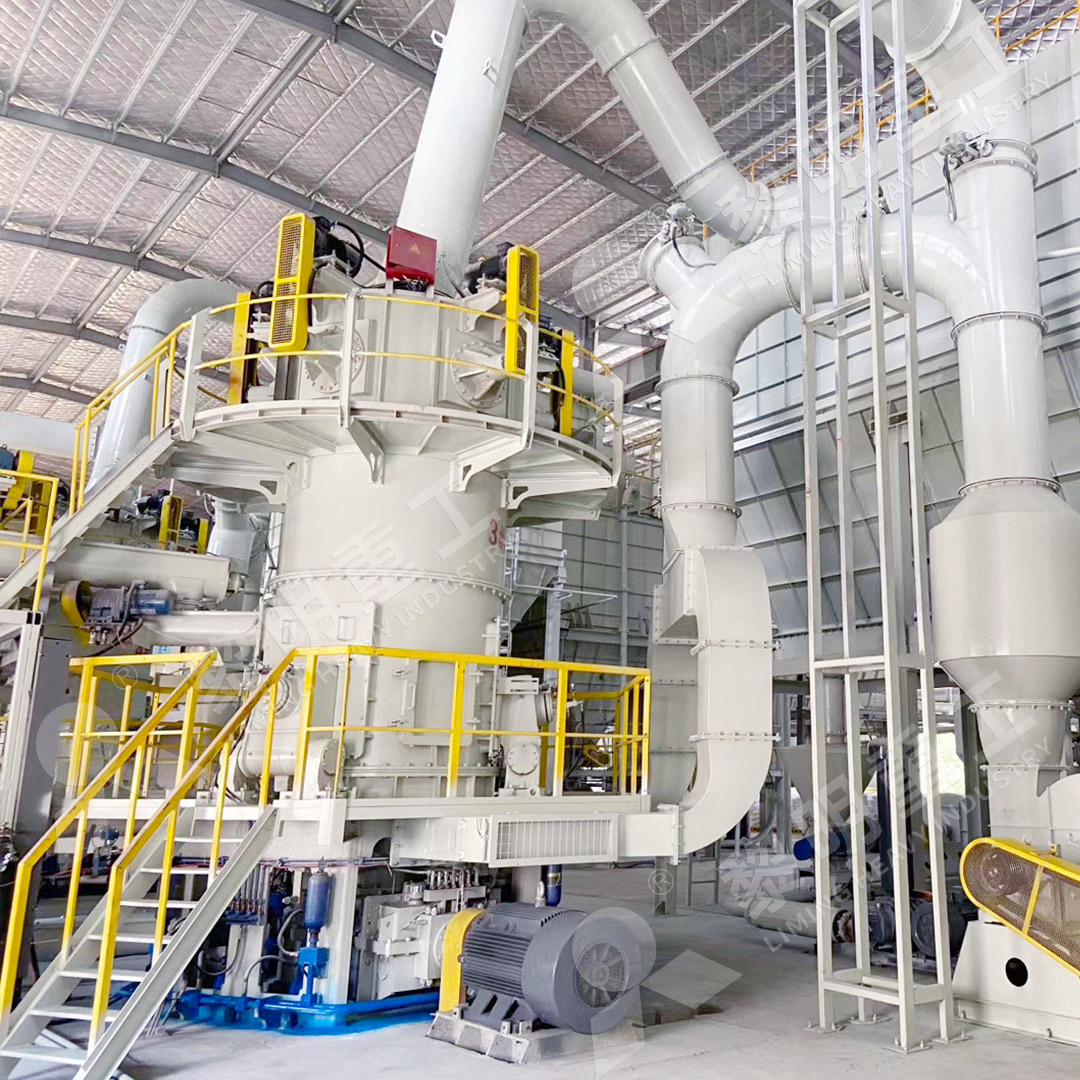Vertical Roller Mill for Cement Clinker Grinding: Key Features and Benefits
Vertical Roller Mill for Cement Clinker Grinding: Key Features and Benefits
In modern cement production, grinding technology plays a pivotal role in determining both operational efficiency and product quality. Among various grinding solutions, vertical roller mills (VRMs) have emerged as the preferred choice for cement clinker grinding due to their exceptional performance characteristics and economic advantages.
The fundamental principle behind VRM technology involves a bed compression grinding mechanism where multiple rollers operate against a rotating grinding table. This configuration creates a highly efficient grinding environment that significantly reduces energy consumption compared to traditional ball mills. The material is ground through a combination of compression and shear forces, resulting in a more uniform particle size distribution.

Operational Advantages
One of the most significant benefits of vertical roller mills is their substantial energy savings. Industry data indicates that VRMs typically consume 30-50% less energy than conventional ball mill systems for the same grinding tasks. This efficiency stems from the direct grinding principle and the integrated drying capability, which allows moist feed materials to be processed without requiring separate drying equipment.
The compact design of vertical roller mills offers considerable space savings, with footprint requirements approximately 50% smaller than equivalent ball mill installations. This space efficiency translates to reduced construction costs and greater layout flexibility for plant designers. Additionally, the integrated separator system eliminates the need for external classification equipment, further simplifying the plant configuration.
Environmental Performance
Modern VRMs incorporate advanced environmental controls that minimize their ecological impact. The enclosed grinding system operates under negative pressure, effectively containing dust emissions. Combined with high-efficiency bag filters, this ensures particulate emissions remain well below regulatory limits. Noise levels are also significantly reduced compared to traditional grinding systems, contributing to better working conditions.

Product Quality and Process Control
The grinding process in VRMs produces cement with excellent particle size distribution characteristics. The narrow particle size range enhances cement strength development and improves the workability of concrete mixtures. Furthermore, the short material retention time in the mill allows for rapid adjustments to product fineness and quick response to changes in raw material characteristics.
For operations requiring specialized grinding solutions, our MW Ultrafine Grinding Mill presents an excellent alternative. With an input size capability of 0-20 mm and capacity ranging from 0.5-25 tph, this mill is engineered for customers who need to produce ultra-fine powder. The MW mill features higher yielding with lower energy consumption, achieving production capacity 40% higher than jet grinding mills and twice that of ball grinding mills, while consuming only 30% of the energy of jet grinding systems. Its adjustable fineness between 325-2500 meshes and eco-friendly operation through efficient pulse dust collection make it ideal for various industrial applications.
Maintenance and Reliability
The design of contemporary vertical roller mills emphasizes maintenance accessibility and operational reliability. Features such as hydraulic roller systems allow for easy removal of grinding components without requiring major disassembly. This reduces maintenance downtime and associated costs. The robust construction of critical wear parts, combined with advanced material technology, ensures extended service intervals and consistent performance.

Another noteworthy solution in our portfolio is the LUM Ultrafine Vertical Grinding Mill, which incorporates the latest grinding roller technology and German powder separating technology. With an input size of 0-10 mm and capacity of 5-18 tph, this mill features double position-limiting technology for stable operation and a reversible structure that simplifies maintenance. Its multi-head powder separating technology reduces energy consumption by 30%-50% compared to conventional mills, making it a superior choice for ultrafine powder production.
Frequently Asked Questions
What is the typical energy savings when switching from ball mills to vertical roller mills for cement grinding?
Operators typically report energy savings of 30-50% when transitioning from traditional ball mills to modern vertical roller mills. The exact savings depend on specific operational conditions and material characteristics.
How does the particle size distribution from VRMs compare to other grinding systems?
Vertical roller mills produce a narrower particle size distribution with superior shape characteristics, which enhances cement strength development and improves concrete workability.
What maintenance advantages do VRMs offer over traditional grinding systems?
VRMs feature hydraulic roller systems that allow external maintenance without opening the mill, significantly reducing downtime. Wear parts also typically last longer due to more controlled grinding conditions.
Can vertical roller mills handle moist raw materials effectively?
Yes, one of the key advantages of VRMs is their integrated drying capability. Hot gas can be introduced directly into the mill chamber to dry materials with moisture content up to 15-20% during the grinding process.
What is the typical service life of wear parts in vertical roller mills?
With proper operation and maintenance, grinding rollers and tables can achieve service lives of 8,000-10,000 hours, though this varies based on material abrasiveness and operational parameters.
